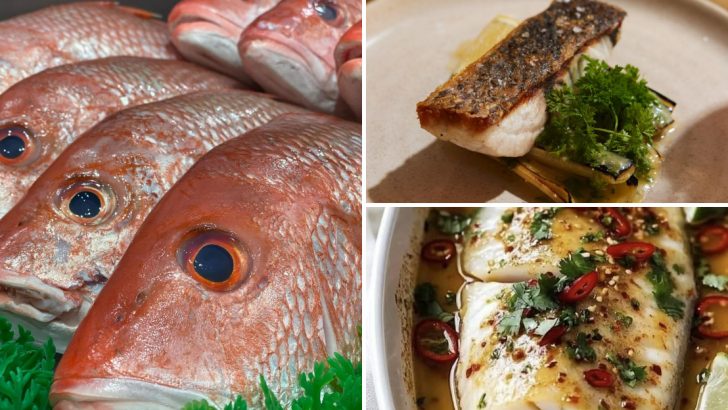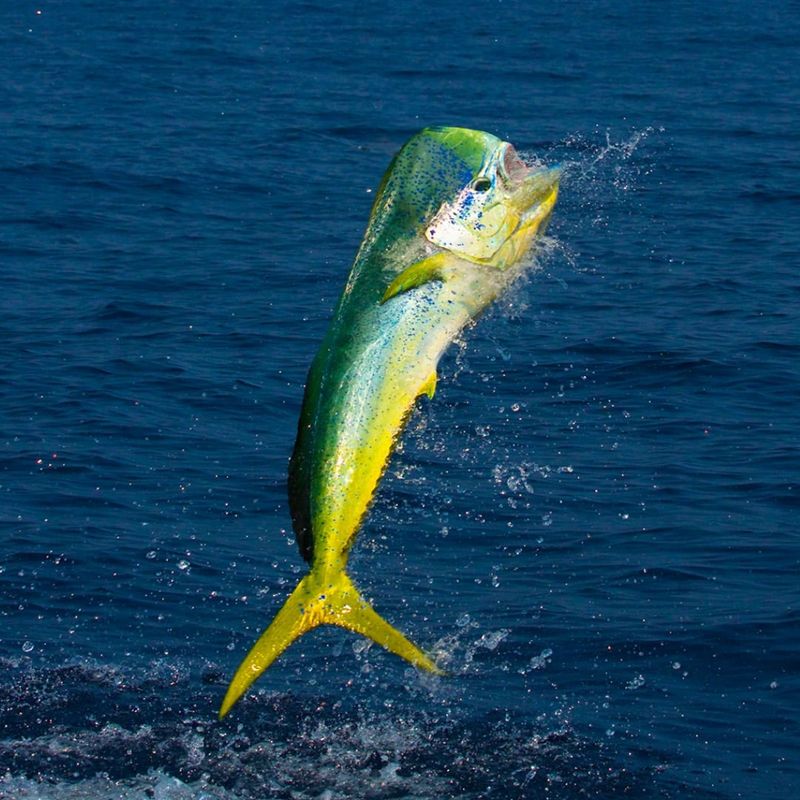Fish isn’t just fish—it’s an experience. And if you love seafood as much as I do, you know that no two fish are the same. Some are buttery and delicate, others are rich and meaty, and a few? Total flavor explosions.
So, let’s talk fish. 25 incredible, must-try fish that deserve a spot on your plate. Whether you’re all about light, flaky fillets or bold, umami-packed bites, there’s something here to take your seafood game to the next level.
You might just discover your new favorite catch. Now the real question is—which one are you trying first?
1. Mahi-mahi
Mahi-mahi delivers a mild, slightly sweet taste with a firm texture—great for grilling.
Its bright, vibrant flesh looks as good as it tastes. If you haven’t cooked fish before, mahi-mahi is a forgiving choice that shines with simple seasonings.
Grill it, bake it, or pan-sear it for a taste of the tropics on your dinner plate. This fish is your ticket to a delicious, easy seafood meal.
2. Barramundi

Meet barramundi—your new seafood obsession. If you haven’t tried it yet, what are you waiting for? This Aussie superstar is flaky, buttery, and oh-so-easy to love.
Its mild flavor makes it a crowd-pleaser, while its tender texture feels downright luxurious. Grill it, steam it, or pan-fry it—barramundi can do it all. Even the pickiest eaters won’t be able to resist.
Bonus? It’s sustainable and packed with omega-3s. So, you’re doing your taste buds and the planet a favor. Time to upgrade your seafood game. Barramundi is here to impress.
3. Halibut
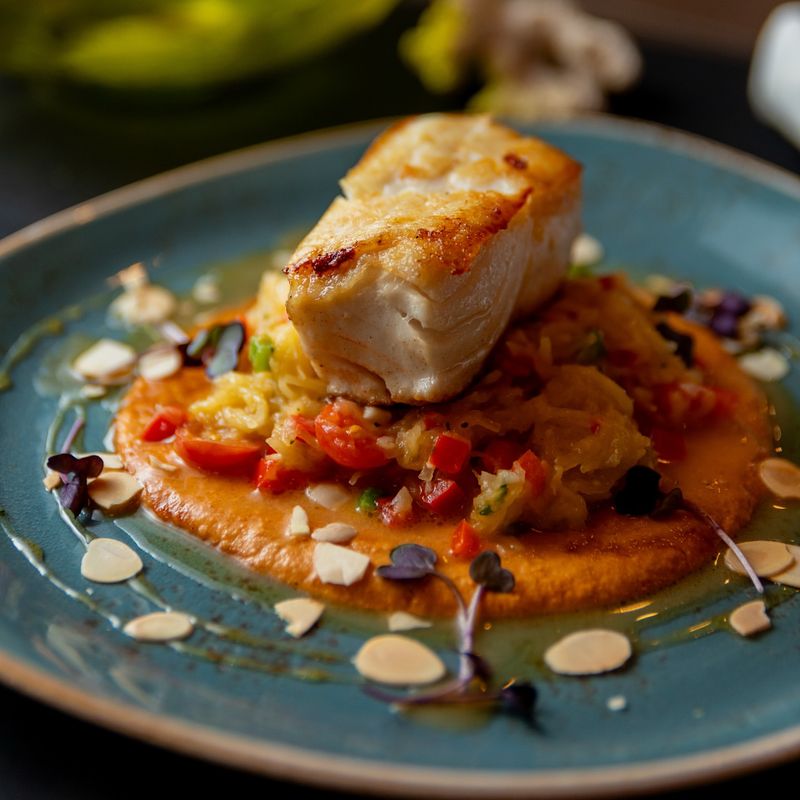
The mighty halibut – a true gentle giant of the ocean – can grow to the size of a barn door, yet delivers some of the most delicate, pristine fillets in the seafood world.
While some fish can be overpowering or “too fishy,” halibut’s clean, subtle flavor has earned it the nickname “steak of the sea” among chefs.
What makes halibut truly remarkable is its chameleon-like ability to adapt to nearly any cooking style. Grill it with just a whisper of lemon and herbs, and you’ll get a smoky masterpiece.
4. Tuna
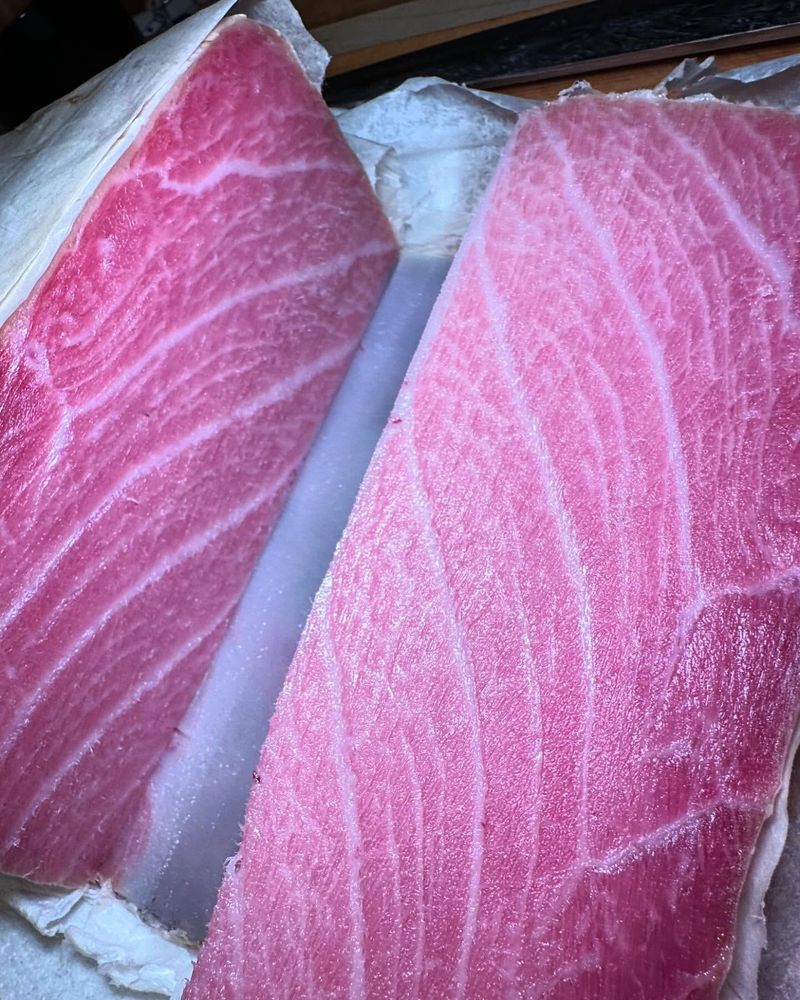
Tuna isn’t just a fish – it’s an aquatic athlete, capable of swimming up to 43 miles per hour and crossing entire oceans in epic migrations.
While most fish serve up flaky meat, tuna breaks the mold with its dense, steak-like texture that can convert even the most committed carnivores. Raw, it’s a silky delicacy that practically dissolves on your tongue.
Seared? The contrast between the caramelized crust and cool, rare center creates a mind-bending taste explosion that’s made it a staple on high-end menus worldwide.
5. Escolar
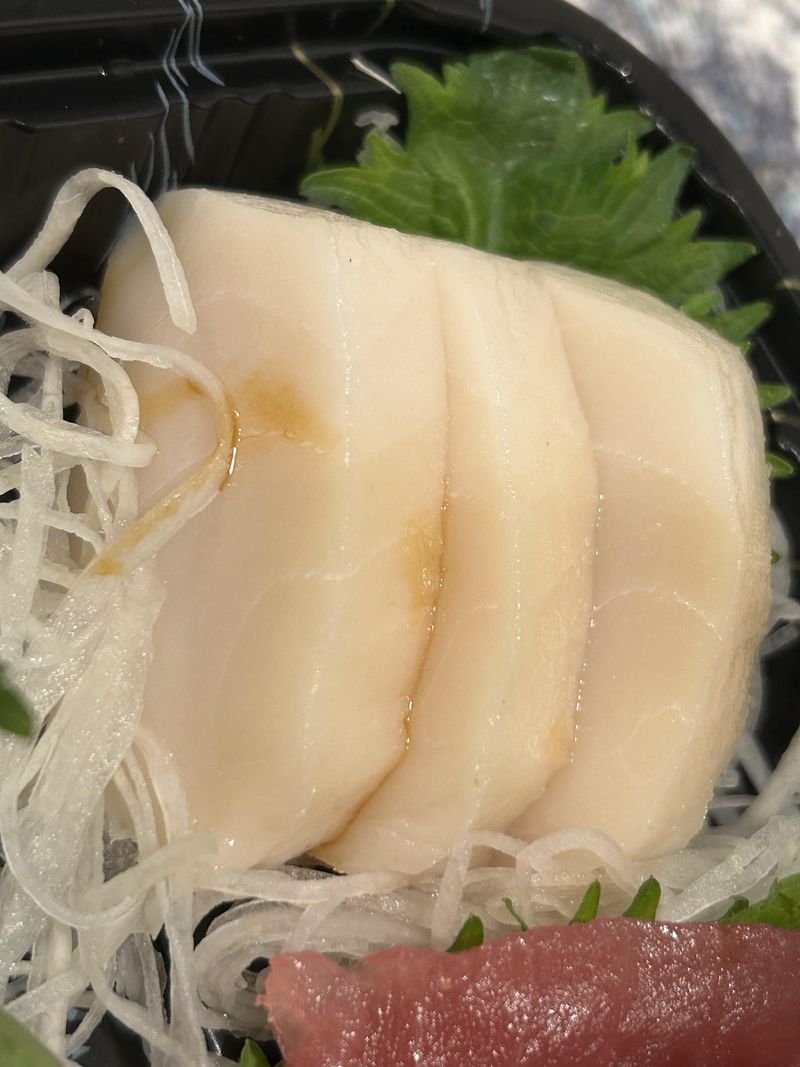
Meet escolar, the controversial rebel of the seafood world. Nicknamed “white tuna” or “butterfish” in some circles, this deep-water dweller is both beloved and notorious.
Its flesh is so decadently rich that it’s earned the moniker “Ex-Lax of the seas” (yes, really!) due to its high wax ester content. But those who can tolerate it are rewarded with what many consider the most luxurious fish experience possible – imagine if butter and silk had a baby that tasted like the ocean.
Pro tip: moderation is key with this indulgent treat, but when prepared correctly, there’s nothing quite like the way it melts on your tongue like piscine chocolate.
6. Sablefish

Sablefish (also known as black cod, though it’s not actually a cod) is the unsung hero of the North Pacific. These deep-dwelling fish develop an incredibly high oil content to survive the cold – and that’s what makes them culinary gold.
Their flesh is so rich in healthy omega-3s that it’s practically impossible to overcook. In Japanese cuisine, where it’s known as “gindara,” it’s often marinated in miso for days before being broiled to perfection.
The result? A caramelized exterior giving way to flesh so buttery it makes salmon look positively austere in comparison.
7. Cod
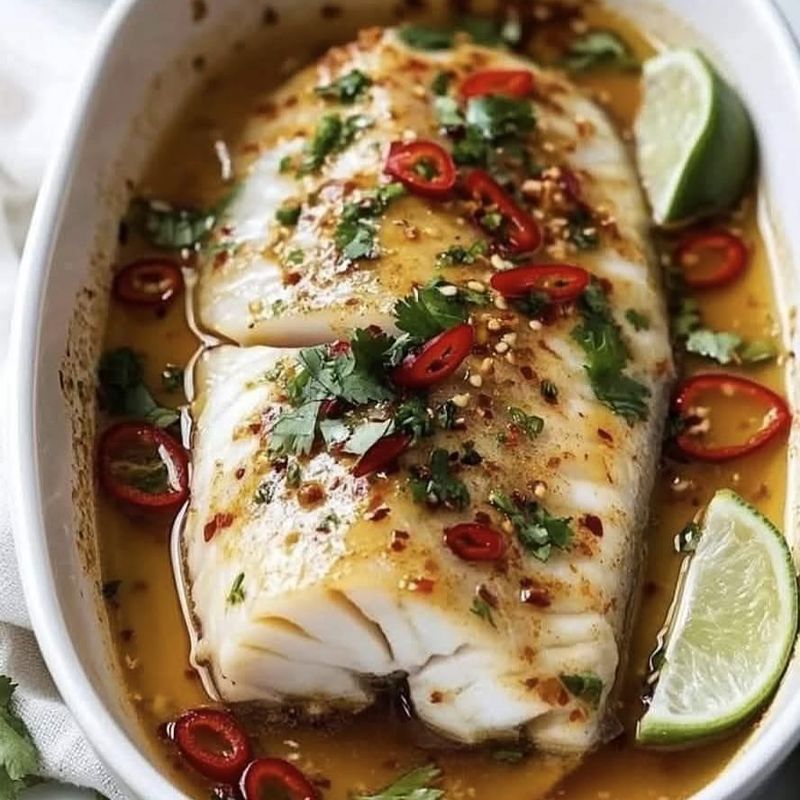
The humble cod might seem basic at first glance, but this fish shaped human history more than any other. It was so abundant off North American shores that it helped fuel European exploration. It was once used as currency in some regions!
Today’s cod still delivers that clean, bright flavor that made it famous, with large, tender flakes that seem designed for battering and frying.
Try salt cod (bacalao) – the preservation process concentrates its flavor and creates an entirely new ingredient that’s crucial in dishes from Spanish brandade to Caribbean accras.
8. Snapper
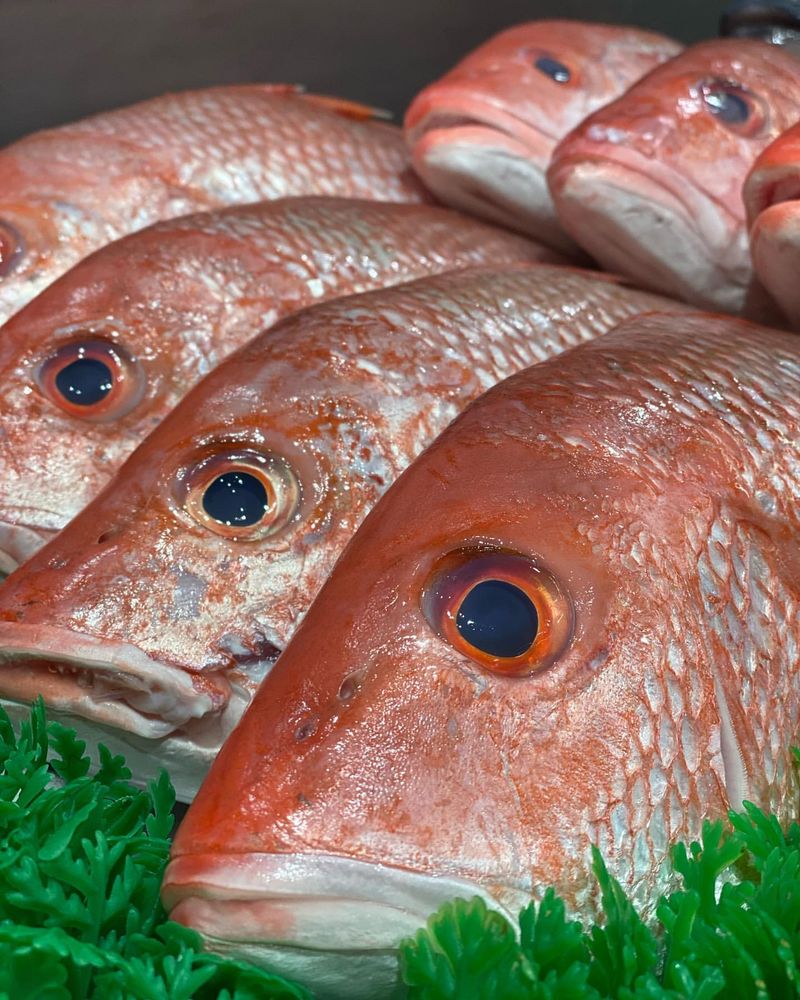
Snapper isn’t just one fish – it’s a whole family of crimson-clad characters, each with their own personality. The most famous might be the Red Snapper, with its ruby-red scales protecting flesh that’s sweet as summer corn.
But the real magic happens when heat hits its skin, creating a crispy shield that protects the moist, flaky meat beneath. Caribbean cooks have long known its secrets, often serving it “escovitch” style – fried and topped with a spicy vinegar sauce and pickled vegetables.
Fun fact: some snapper species can live up to 50 years, which might explain their sophisticated flavor profile!
9. Grouper
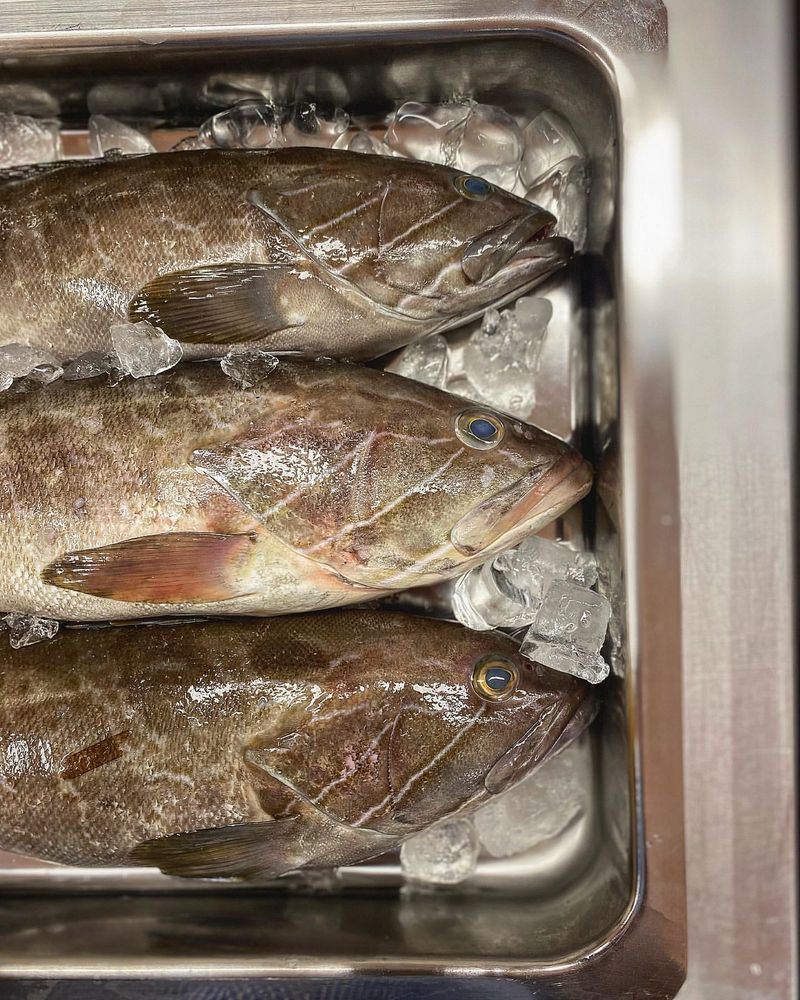
Grouper is the giant of coral reefs, and some species can grow to the size of a small car. These enormous fish are actually shy ambush predators.
But it’s their meat that makes them legendary – dense yet tender, with a subtle sweetness that some compare to lobster.
The real secret? Their collagen-rich flesh becomes almost creamy when cooked, especially in traditional Cantonese preparations where it’s often steamed with ginger and scallions. Each fillet can weigh several pounds, making grouper the ultimate “family-style” fish.
10. Salmon
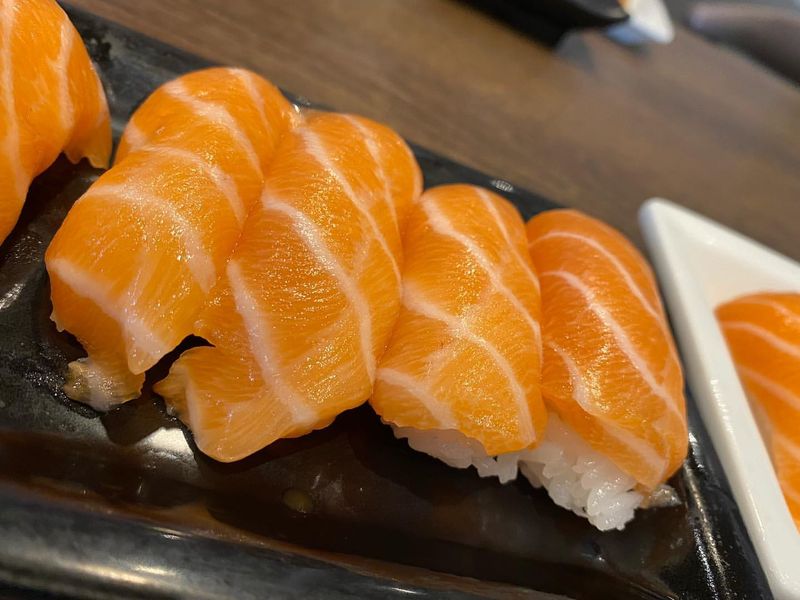
Salmon – the chameleon of the fish world – comes in a rainbow of colors, from deep red to pale pink, depending on their diet of krill and crustaceans.
Their flesh is naturally rich in flavor-boosting compounds called glutamates (the same ones that make mushrooms so savory), which is why salmon can stand up to bold flavors like maple, miso, or smoke.
Speaking of smoking – cold-smoked salmon was originally a preservation technique but became a delicacy when New York delis started serving it on bagels, forever changing breakfast history.
11. Sea Bass
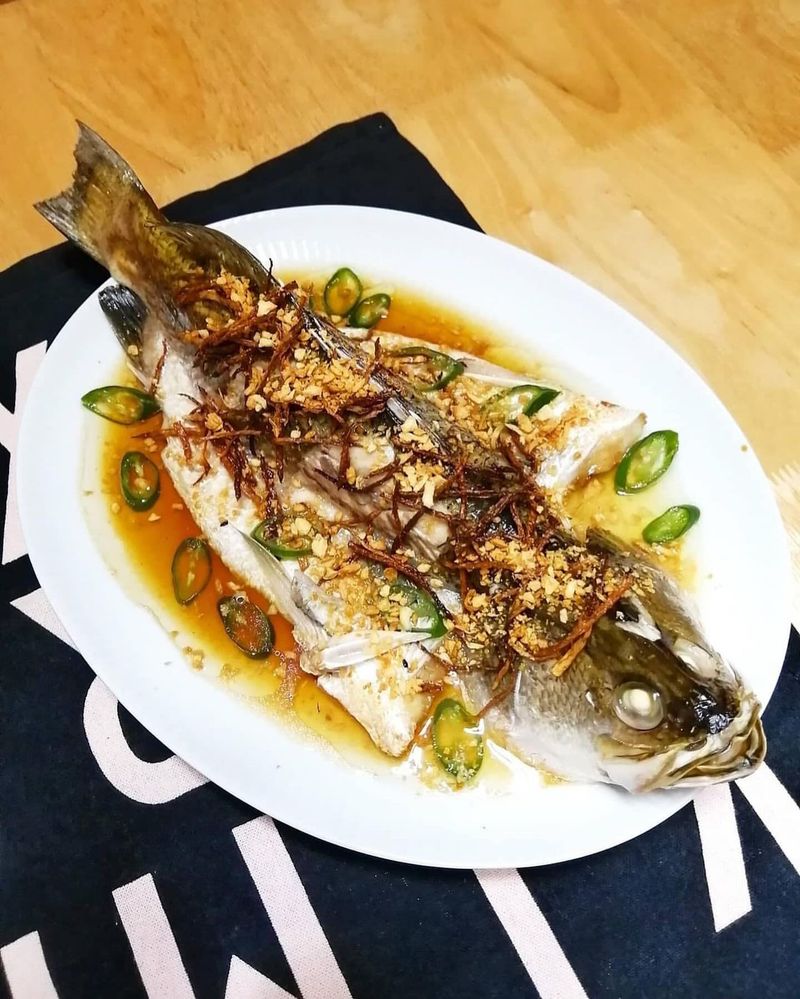
Sea bass is actually a broad term covering several species, but the most prized is the European sea bass (called “branzino” in Italian restaurants). These sleek, silver fish are so valued in the Mediterranean that they were among the first fish species to be successfully farmed on a large scale.
Their flesh has a particular quality that French chefs call “melting” – it seems to dissolve in your mouth while still maintaining its structure. The skin, when crisped properly, becomes as delicate as paper but packed with flavor.
Traditional Greek fishermen say the best sea bass are caught during a full moon, when they swim closer to the surface – though whether this affects their taste remains a delicious mystery.
12. Trout
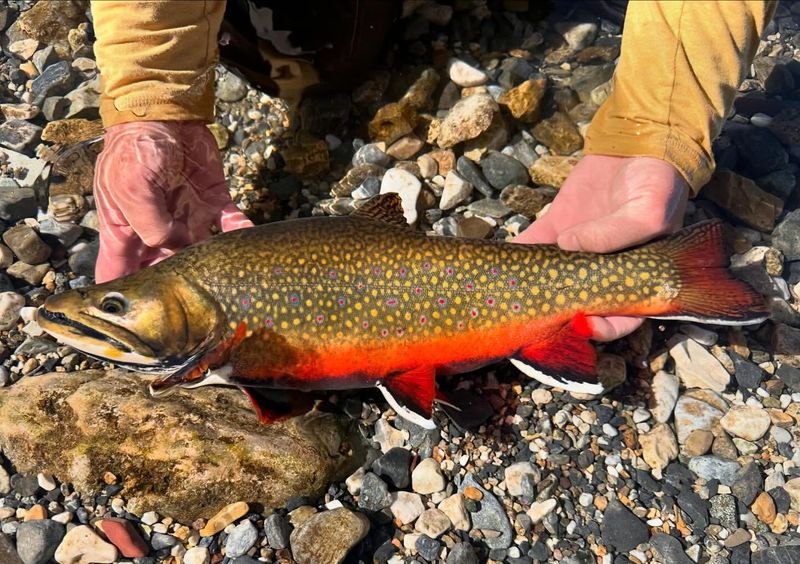
Trout’s story starts in crystal-clear mountain streams. These speckled beauties are nature’s perfect portion size.
Each fillet shimmers with a delicate pink hue. The meat flakes off in tender, sweet morsels. Smoke it and watch it transform into breakfast gold. Camp cooks swear by the “just-caught” taste.
Here’s a secret: the small bones actually dissolve when cooked, giving you bonus calcium. Some trout even eat tiny crustaceans that turn their flesh bright orange – like mini-salmon!
13. Haddock
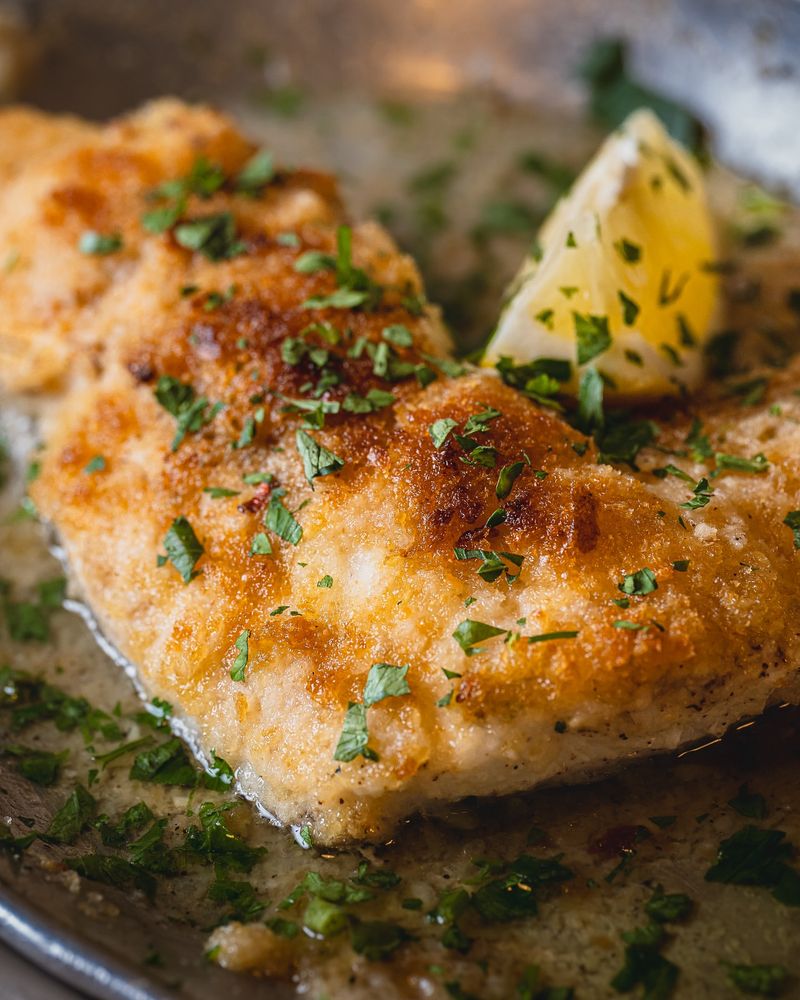
Haddock ruled the fish and chips scene before cod stole the spotlight. Its sweet, clean taste packs more personality than its cousin.
The flesh is bright white with a blue tinge when raw. Look for the “devil’s thumbprint” – a dark mark near the gills. Legend says St. Peter left this mark when he caught a haddock to pay his taxes.
Scottish smokehouses transform it into “Finnan haddie” – a breakfast delicacy. The meat stays firmer than cod when fried. That’s why in-the-know chippies still prefer it.
14. Swordfish

Swordfish doesn’t mess around. Each steak-like cut could pass for meat at first glance. These ocean warriors can swim at highway speeds.
Their muscular flesh handles fire like a champion. The heat caramelizes the surface while keeping the inside juicy. Ancient Romans prized them for their size and fight.
Modern chefs prize them for their ability to handle bold flavors. Pro tip: look for slightly pink meat – pure white means it’s too old.
15. Amberjack

Japanese sushi chefs call it “kampachi” and save the best cuts for special customers. Amberjack is the heavyweight champ of reef fish.
The meat shines like mother-of-pearl when fresh. Each bite delivers a clean, rich flavor that’s hard to forget.
These powerful predators give sport fishers the fight of their lives. That exercise creates dense, flavorful flesh. Grilled or raw, it’s worth seeking out.
16. Monkfish

Monkfish is the ugly duckling of the seafood world. Its scary face hides tail meat that rivals lobster.
Chefs fight over the cheeks – they’re like seafood marshmallows. The liver is prized in Japanese cuisine like foie gras. One fish provides thick, boneless fillets that won’t fall apart.
Medieval monks supposedly traded it as a delicacy. That’s how it got its name. The tail meat stays moist no matter how you cook it.
17. Tilapia
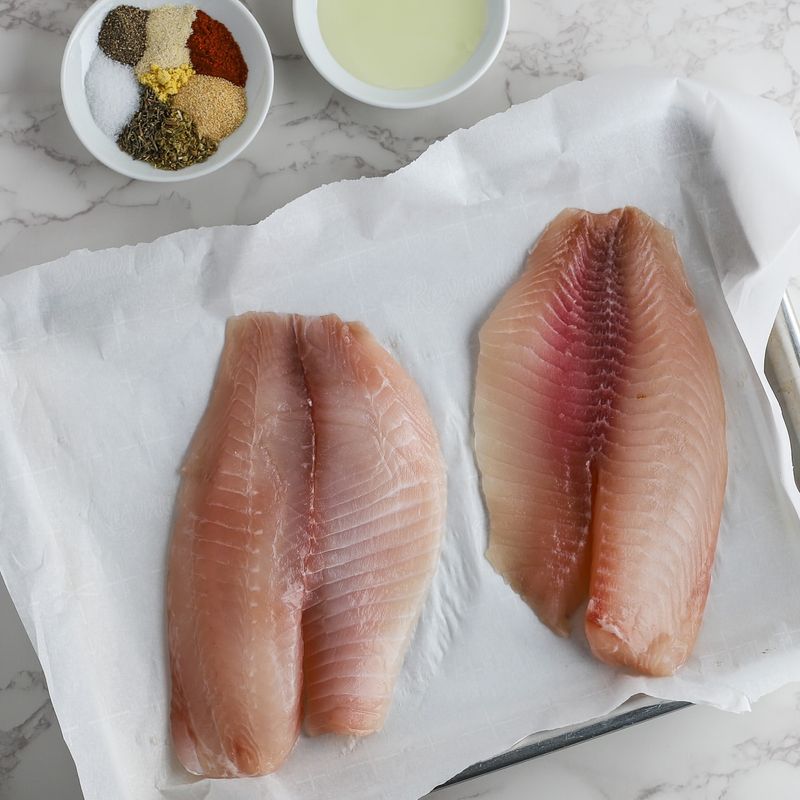
Tilapia has been farmed since ancient Egyptian times. Pharaohs kept them in sacred pools. Today it’s the “chicken of the sea” – mild and adaptable.
The flesh is lean and protein-packed. It takes on marinades like a flavor sponge. Every culture seems to have a favorite tilapia recipe. Budget-friendly doesn’t mean boring here.
Good farming practices give you clean, fresh taste.
18. Flounder
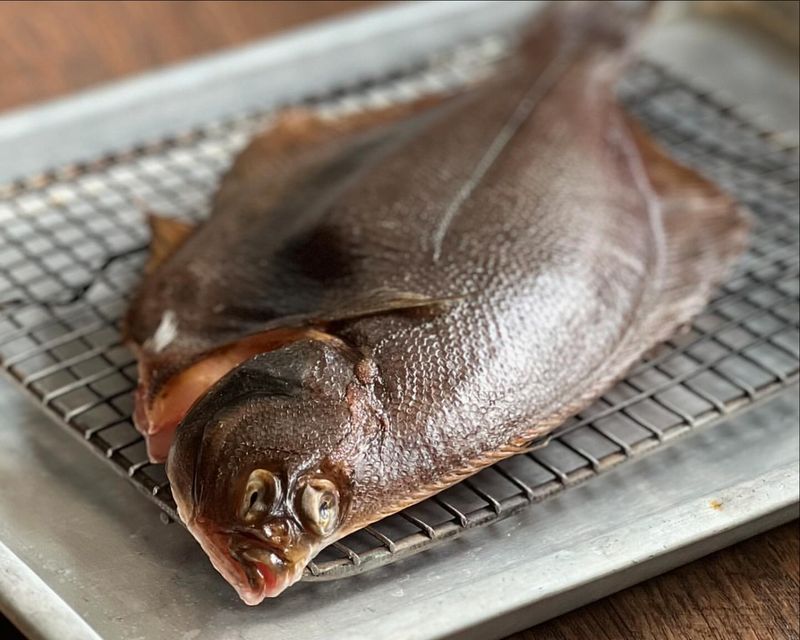
Flounder is nature’s masterpiece of camouflage. These flat fish can change color like underwater chameleons. Both eyes migrate to one side as they grow.
The pure white meat is prized in French cuisine as “sole.” Each fillet peels off the bone like silk sheets. The delicate meat takes just minutes to cook. Japanese chefs serve it as usuzukuri – paper-thin perfection.
Fun fact: they’re right-eyed or left-eyed, like humans are right or left-handed!
19. Sardines
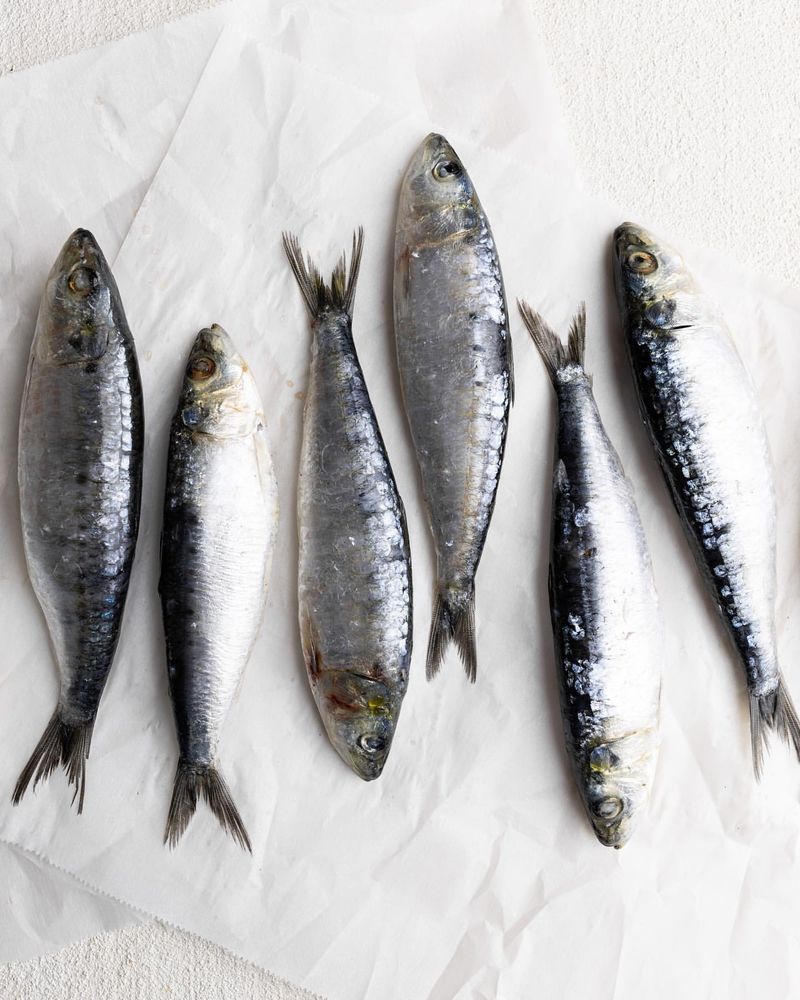
They are tiny powerhouses that changed history. Packed with more calcium than milk and omega-3s than salmon.
Fresh ones taste nothing like the canned variety. In Portugal, grilling them is an art form. Their silver-blue scales glitter like jewelry. June is their peak season – when they’re fat with flavor.
The Romans made garum sauce from them. Ancient cities grew rich from sardine trade. They’re one of the few fish that taste better with their bones.
20. Hake
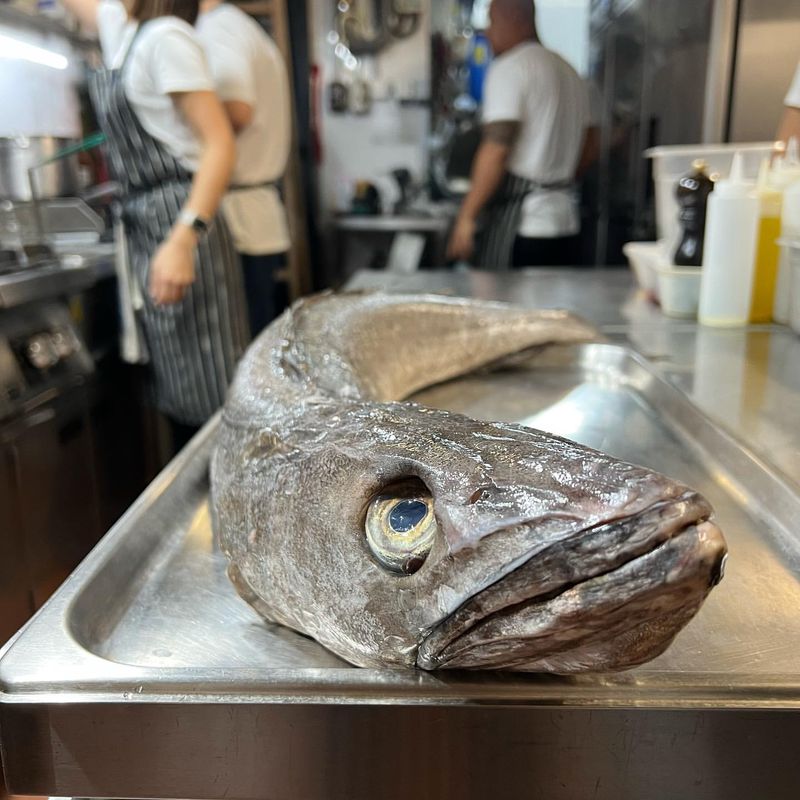
Hake is Europe’s best-kept secret. Spanish cooks call it “merluza” and serve it on Christmas Eve. The flesh is even whiter than cod. It’s so popular in Spain that babies teethe on it.
The meat stays firmer when cooked than its cousins. Each fillet has large, clean-peeling flakes. Night fishermen catch them when they rise to feed. The Spanish say the best hake “should sleep in ice.”
Fresh ones curl up when cooked – that’s how you know they’re good.
21. Mackerel
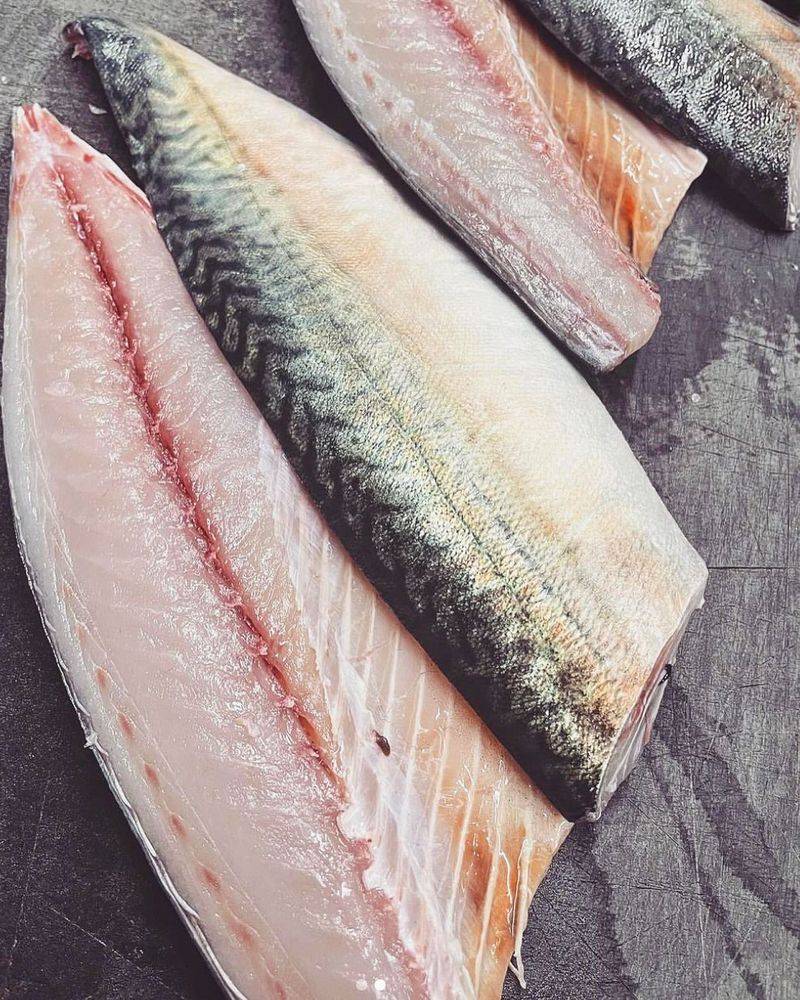
Mackerel wears tiger stripes and packs a flavor punch. Their iridescent skin shifts colors like oil on water. They swim in massive schools that turn the sea silver.
The Japanese prize them as saba – cured with vinegar. The meat is rich enough to stand up to curry. They’re fast swimmers, which makes the flesh firm and rich. Smoke them and they taste like ocean bacon.
Vikings used to preserve them with salt. They’re one of the few fish that’s better slightly aged.
22. Perch
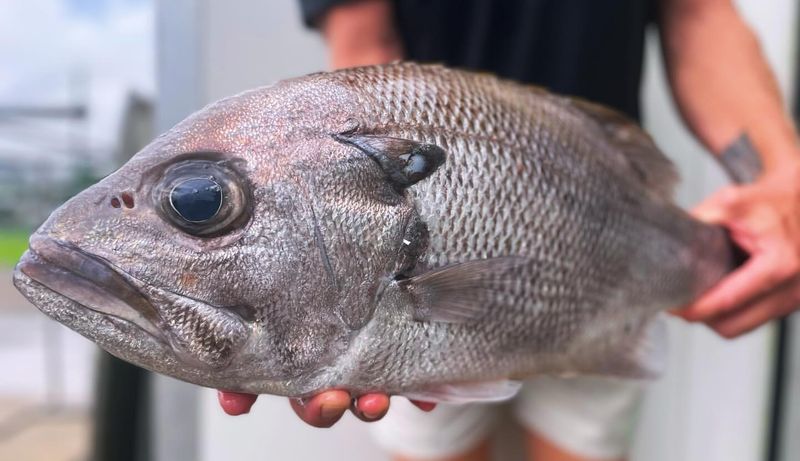
This one brings back memories of summer lake days. The meat is pearl-white and sweet as spring water. They travel in schools, making them a reliable catch.
Scandinavians prize them for their clean taste. The skin crisps up like a potato chip. Great Lakes fishermen call them “yellow gold.” Each fillet pulls off in perfect portions.
They’re one of the few fish that taste good cold. Winter-caught perch have the firmest meat.
23. Catfish
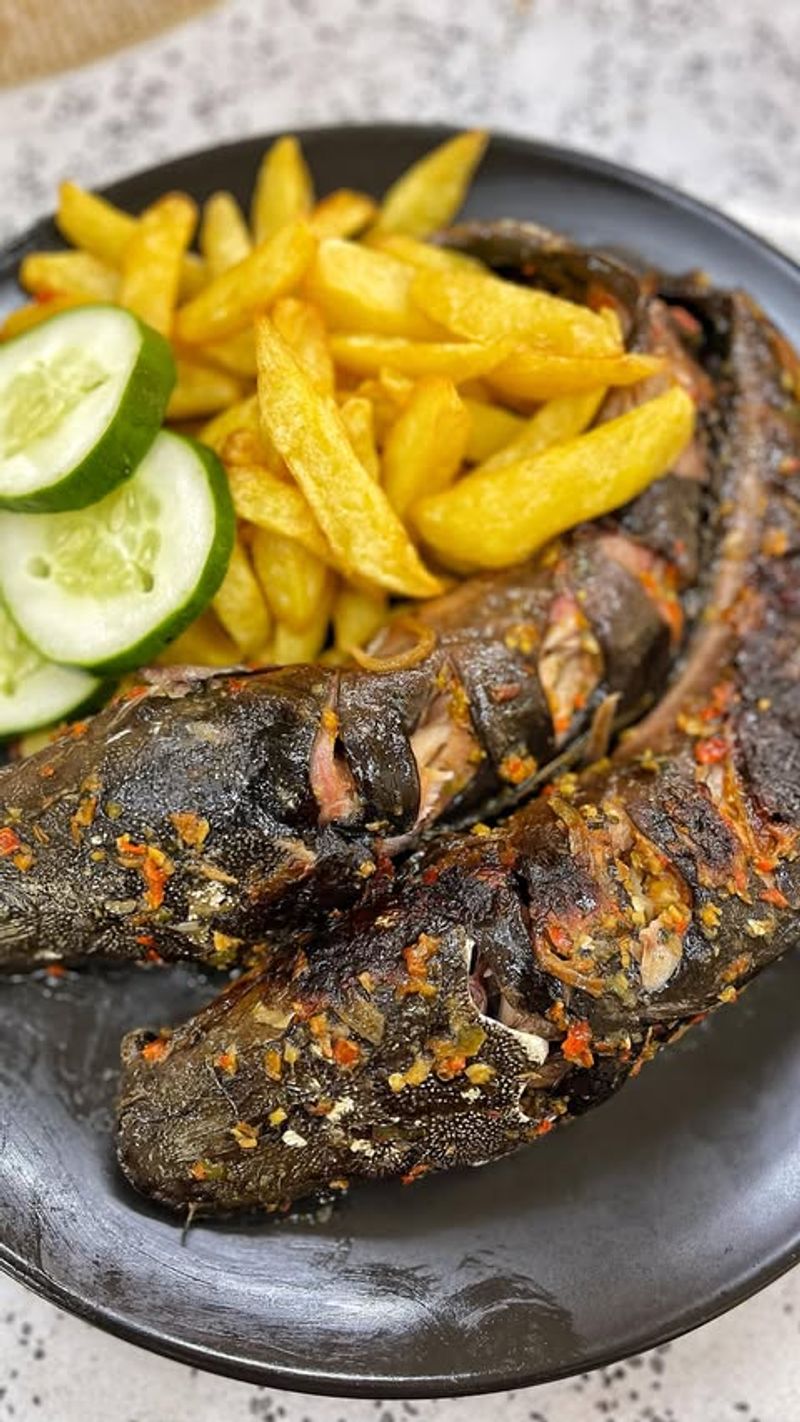
Catfish is Southern soul food royalty. These whiskered giants can live to be 60 years old.
The meat is sweet, never muddy if raised right. Farm-raised ones are clean, sustainable protein. Their firm flesh holds together in any recipe. Native Americans caught them by hand – called “noodling.” Cajun cooks worship them in blackened form.
The tail meat is the sweetest part.
24. Pollock
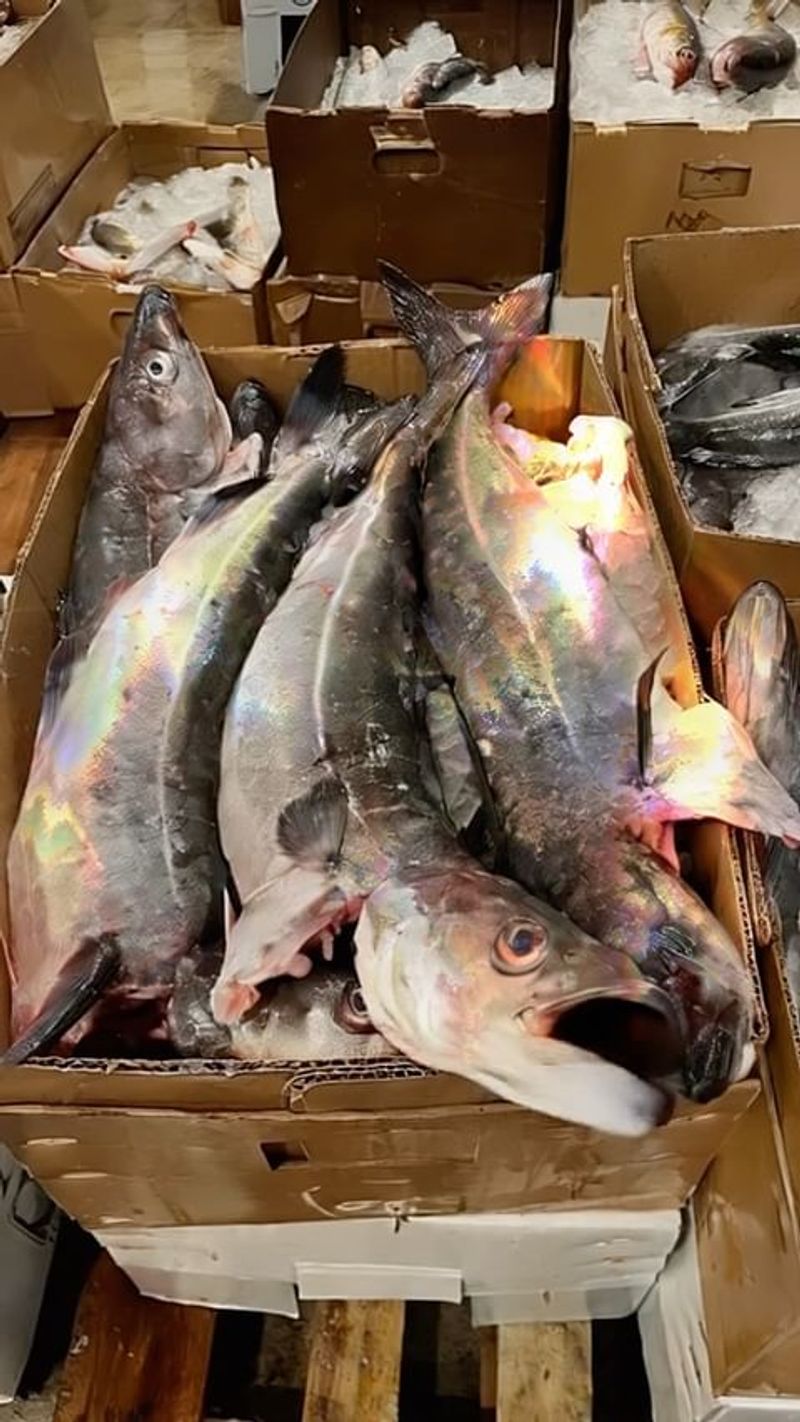
These cold-water swimmers feed the planet. The Japanese call them “walleye” and serve them as surimi. Their pure white flesh flakes into perfect petals.
Wild Alaskan ones taste like sweet ocean air. They swim in massive schools a mile wide. The meat takes well to almost any cooking method. McDonald’s used them in the original Filet-O-Fish. Most fish sticks come from these sustainable swimmers. They’re actually cousins to the mighty cod.
Smart cooks know they taste best simply grilled. The British call them “colin” and love them in pies.
25. Lingcod
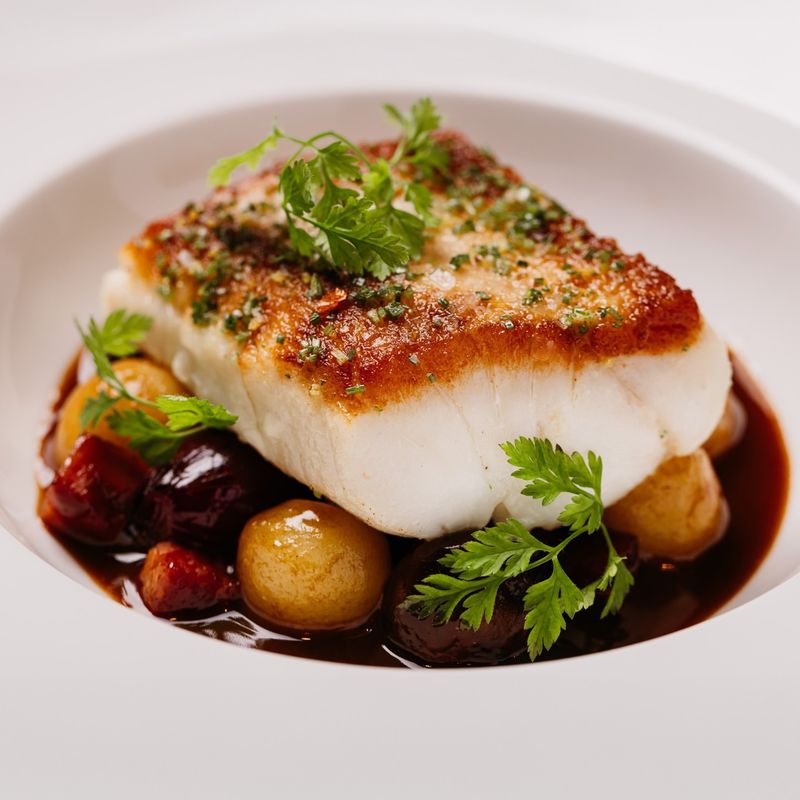
Lingcod isn’t really a cod at all – it’s a giant Pacific prowler. Their fierce teeth gave them the nickname “buckethead.” The meat turns electric blue when raw but cooks up white.
Native Americans called them “buffalo fish” for their size. Some grow bigger than a ten-year-old child. The flesh is sweet enough to eat as sashimi. Underwater, they’re ambush predators with attitudes. Their meat is firmer than true cod.
West Coast fishermen prize them as trophy catches. The cheeks are considered a delicacy. Fresh ones have an almost translucent quality.

